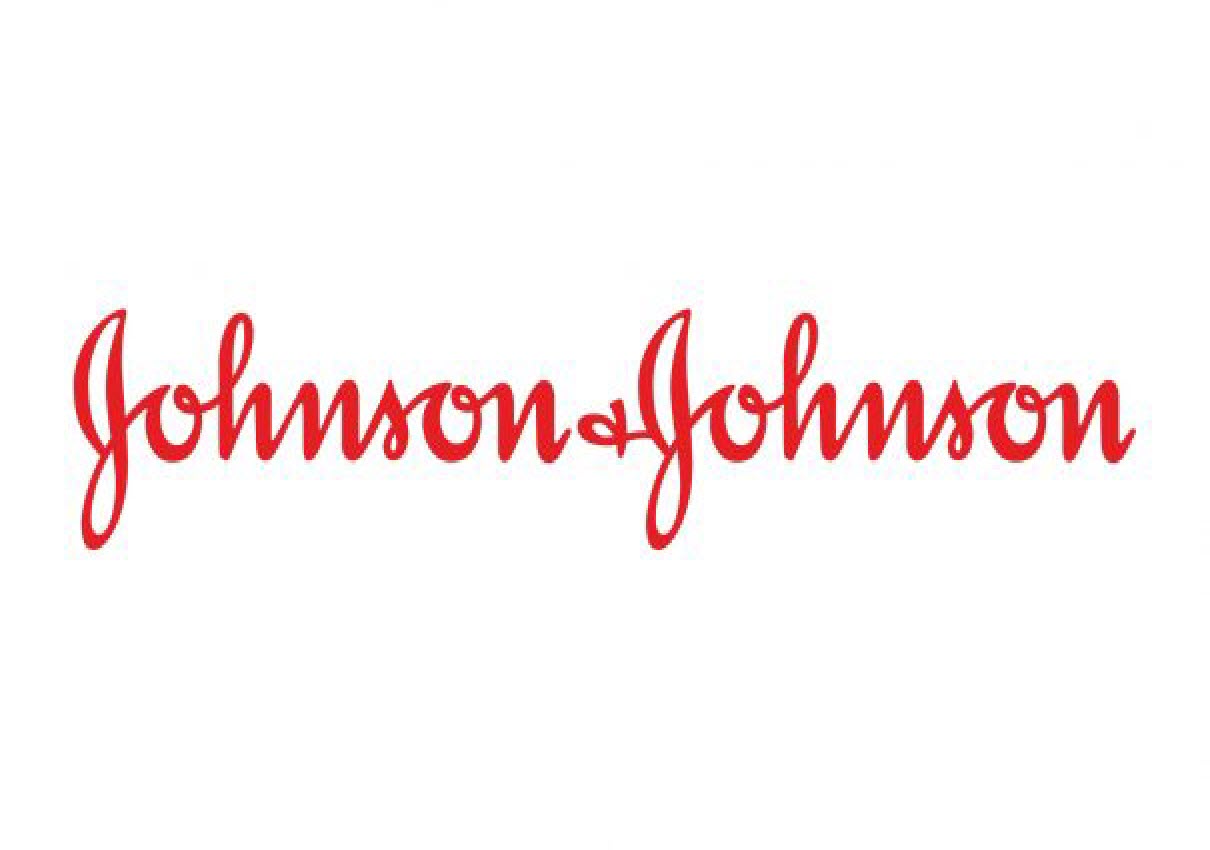
The Janssen Pharmaceutical Companies of Johnson & Johnson announced that the European Commission (EC) has granted marketing authorisation for DARZALEX®? (daratumumab) subcutaneous (SC) formulation for the treatment of adult patients with multiple myeloma (MM). Daratumumab SC is administered as a fixed dose, which significantly reduces treatment time, from hours to approximately three to five minutes, when compared to daratumumab intravenous (IV) formulation. In addition, only the first dose of daratumumab SC needs to be administered in an environment where resuscitation facilities are available. The approval applies to all current daratumumab indications in frontline and relapsed/refractory settings, and patients currently on daratumumab IV can switch to the SC formulation should they choose to.
Data supporting the approval show that daratumumab SC demonstrated a consistent overall response rate (ORR) and a similar safety profile compared with daratumumab IV in patients with relapsed or refractory MM. In addition, there was a nearly two-thirds reduction in systemic infusion-related reactions (IRRs) for daratumumab SC compared to daratumumab IV (13 percent vs. 35 percent, respectively). The novel SC formulation of daratumumab is co-formulated with recombinant human hyaluronidase PH20 (rHuPH20) [Halozyme's ENHANZE® drug delivery technology].
“Multiple myeloma is an incurable blood cancer that is often associated with time-intensive treatment regimens, which can be burdensome for patients and physicians. Today’s approval marks important progress for the oncology community as it means daratumumab can now be administered in significantly less time, thereby reducing the time patients need to be in the clinical setting,” said Maria-Victoria Mateos, M.D., Ph.D., COLUMBA primary investigator and Director of the Myeloma Unit at University Hospital of Salamanca-IBSAL, Salamanca, Spain. “Given the current health climate, this is timely and welcome news, particularly for immunocompromised patients.”
“This new formulation was specifically designed as the next step in enhancing the treatment experience with daratumumab, without compromising on safety or efficacy,” said Patrick Laroche, M.D., Haematology Therapy Area Lead, Europe, Middle East and Africa (EMEA), Janssen-Cilag. “Since its first launch, daratumumab has been used by more than 130,000 patients globally, and Janssen is pleased to expand our offering by making the subcutaneous formulation available for all previously approved indications.”
The approval is supported by data from the Phase 2 PLEIADES (MMY2040) and Phase 3 COLUMBA (MMY3012) studies.
In the PLEIADES study, which evaluated the efficacy and safety of daratumumab SC in combination therapies, objective responses were demonstrated in combination with bortezomib, melphalan, and prednisone (D-VMP) in newly diagnosed transplant ineligible patients. In addition, objective responses were demonstrated in combination with lenalidomide and dexamethasone (D-Rd) in relapsed or refractory patients who received one prior line of therapy.
In the COLUMBA study, at a median follow-up of 7.5 months, the ORR was 41 percent for patients taking daratumumab SC as a monotherapy, compared to 37 percent for those taking daratumumab IV as a monotherapy (95 percent confidence interval [CI], 1.11 (0.89-1.37); P<0.0001).3 The ORR was similar across all clinically relevant subgroups, including bodyweight.1 The ratio of geometric means of Ctrough for daratumumab SC over daratumumab IV was 108 percent (90 percent CI, 96 percent-122 percent).1 The progression-free survival was comparable between the daratumumab SC and daratumumab IV (Hazard Ratio [HR] = 0.99; 95 percent CI, 0.78-1.26; P<0.9258).1 The median duration for each SC injection was five minutes, compared to more than three hours with IV infusions.
The most common (>5 percent) Grade 3/4 treatment-emergent adverse events (TEAEs) were thrombocytopenia (14 percent vs. 14 percent), anaemia (13 percent vs. 14 percent) and neutropenia (13 percent vs. 8 percent).3 A lower rate of IRRs was observed in the arm that received daratumumab SC compared to daratumumab IV (13 percent vs. 35 percent, respectively) (Odds Ratio = 0.28; 95 percent CI (0.18-0.44); P<0.0001).3 The primary reasons for treatment discontinuation included progressive disease (43 percent in the SC arm vs. 44 percent in the IV arm) and adverse events (7 percent in the SC arm vs. 8 percent in the IV arm).
“Today’s approval highlights Janssen’s commitment to gaining a better understanding of the evolving needs of people living with multiple myeloma, and to the development of new innovations, combinations, and formulations to best meet those needs,” adds Craig Tendler, M.D., Vice President, Clinical Development and Global Medical Affairs, Oncology at Janssen Research & Development, LLC.







